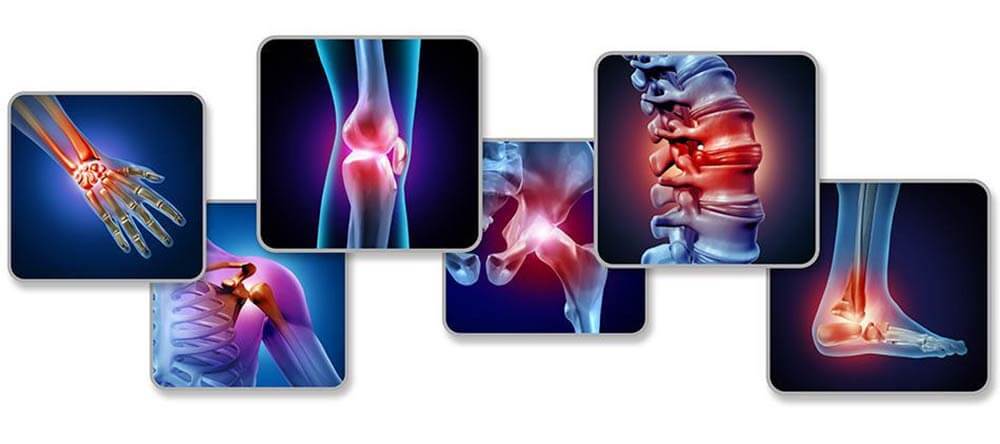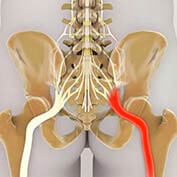Neurological Treatment for Pain & Pain Management

What is pain? Medically pain is defined as an uncomfortable feeling that tells you something may be wrong. There are two types of pain: nociceptive pain, neuropathic pain, and two subcategories: acute and chronic pain. Acute pain begins suddenly and is usually sharp in quality. On the other hand, chronic pain is different. Your body keeps hurting weeks, months, or even years after the injury, and at times it can be debilitating. More often than not, pain is it’s just a nuisance, like a mild headache, or being sore from going to the gym, or getting bumped with the edge of the table. However, for many, that is not the case. Conditions like Sciatica, Sciatic nerve pain, Low back pain, Cervical pain, Muscle coordination, Hand/arm coordination, Leg coordination, and others can severely impact your quality of life.
Dr. Bashar Mohsen, a neurologist at WellCare South Florida, is an expert at providing treatments for the nervous system and all these conditions. Treatment plans often start with medications, which may include anti-inflammatories and muscle relaxants. These are usually followed by physical therapy to strengthen the muscles and increase flexibility, among others. However, before we can engage in any treatment, a proper diagnosis is required. The cause of Sciatica, Sciatic nerve pain, Low back pain, Cervical pain, Muscle coordination, Hand/arm coordination, Leg coordination, and others will differ from patient to paint, and that is why we insist on an in-person evaluation. Nevertheless, here are some of the most prevalent symptoms:

Sciatica & Sciatic Nerve Pain Treatment
Many people classify legs or lower back pain as old age pains. But in fact, these are often the symptoms of sciatica pain, which is a type of pain that stems from the sciatic nerve. Sciatica nerve pain can cause various aches and discomforts along the lower body, typically along one side of the body, making it challenging to diagnose. Sciatica pain makes it difficult to sit or stand, causes a leg tingling sensation, and makes it hard to move the affected portion of the leg or foot. Treatment often includes medication, physical therapy, steroid injections, and surgery.

Neurological Low Back Pain Treatment
Neurological lower back pain includes conditions such as pinched nerves, slipped discs, and spinal stenosis. The most common causes are car or sports accidents, excessive pressure on the nerves over time from bad posture, or even a soft mattress that offers little or no support. However, in some instances, lower back pain can also be caused by underlying neurological disorders requiring diagnostic testing by a qualified neurologist. Common neurological low back pain symptoms include numbness, weakness, tingling, and bowel or bladder function changes.

Neck Pain (Cervical) Treatment
The next time you want to be politically correct when calling somebody a pain in the neck, you can just call them a cervical pain! Cervical spondylosis or neck pain is a common, usually age-related condition that affects the joints in your neck. However, it can have causes that aren’t an underlying disease, such as working on a computer, reading, or sleeping in an uncomfortable position. Treatment may include steroid injections, especially if done in conjunction with physical therapy and ablation (burning) of the nerves near the neck joints.
